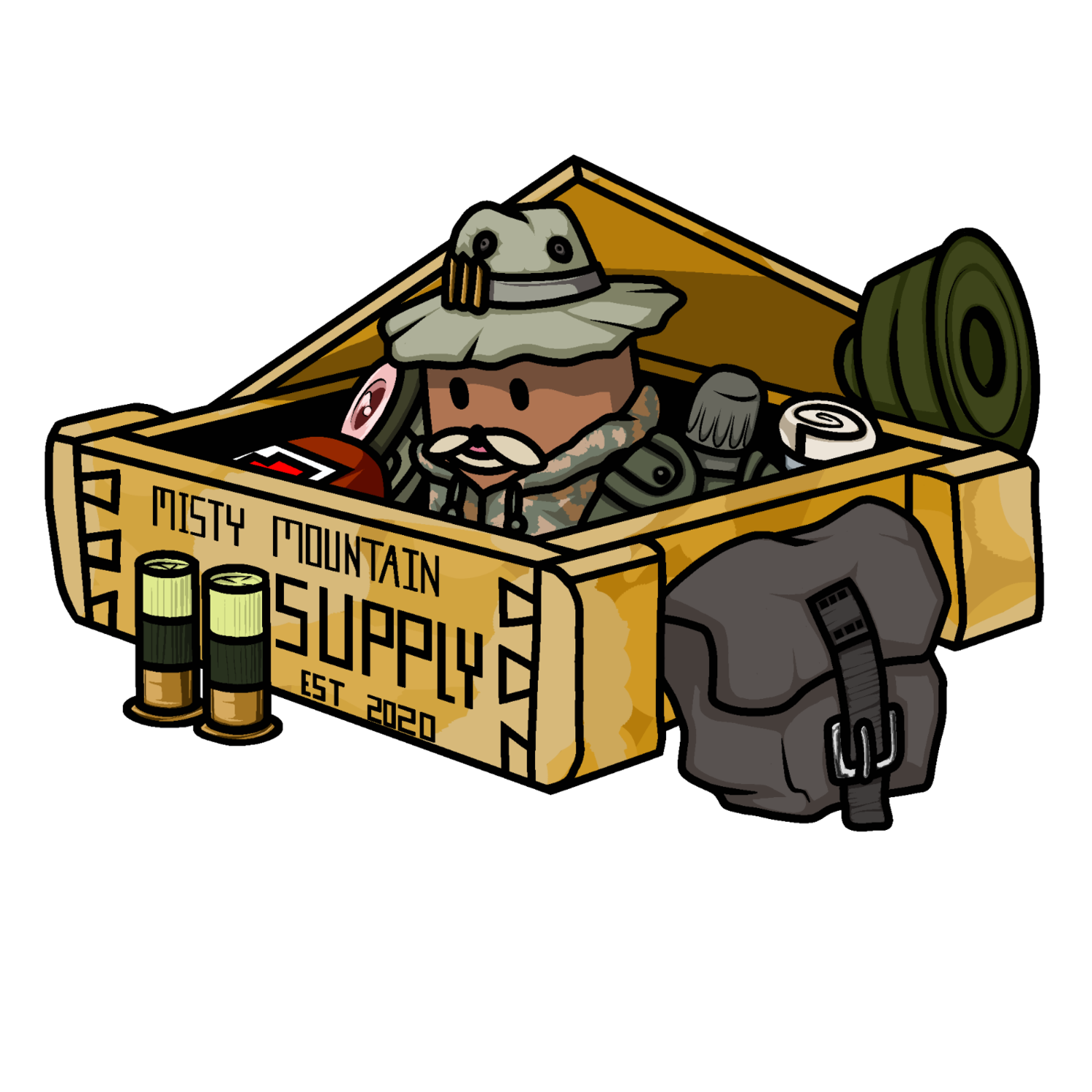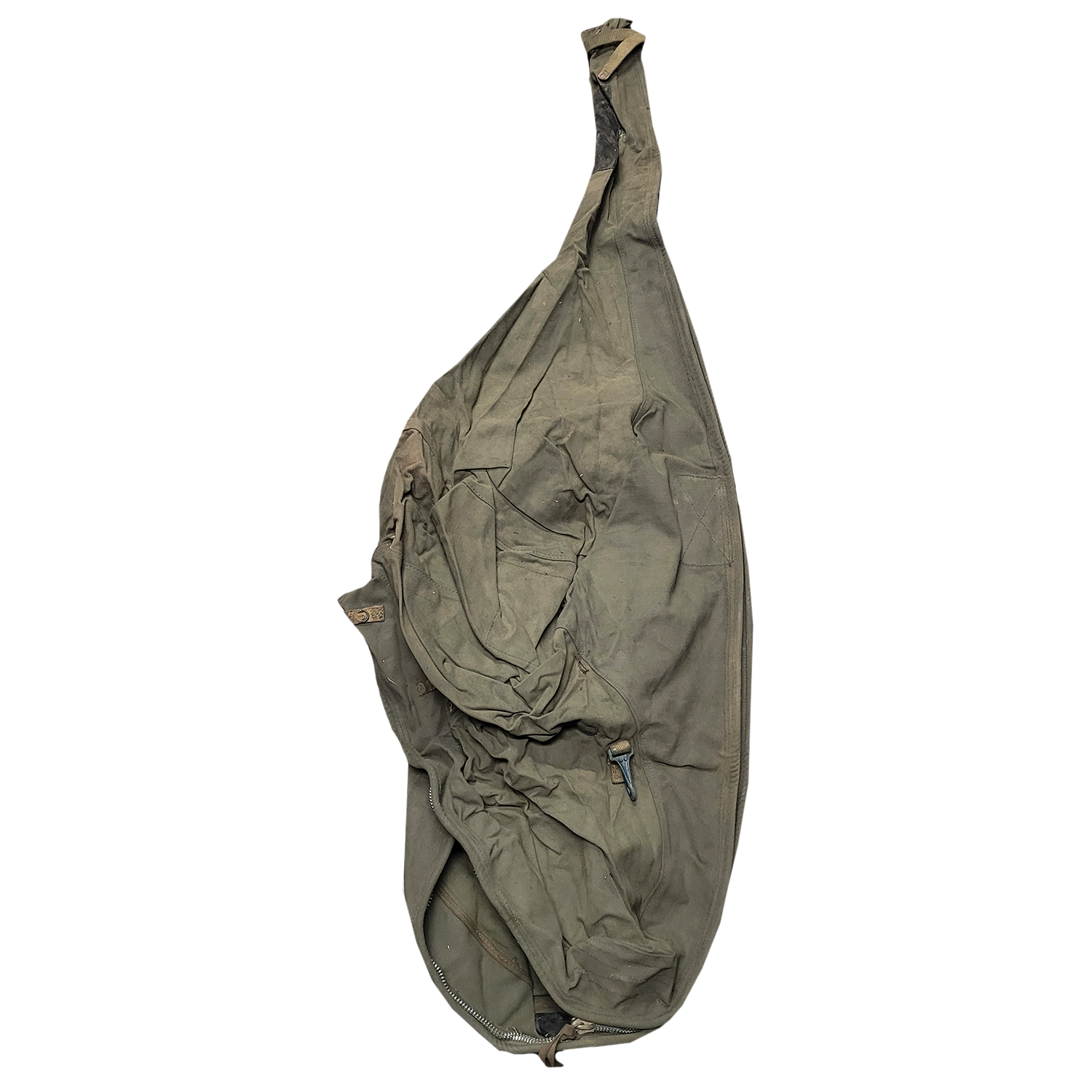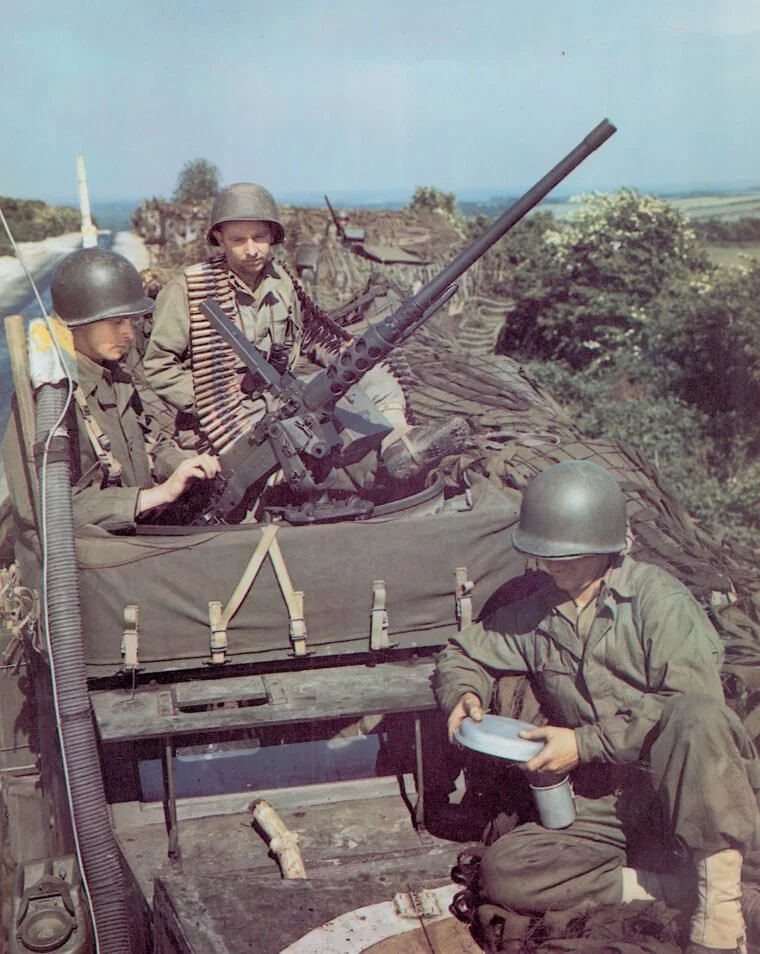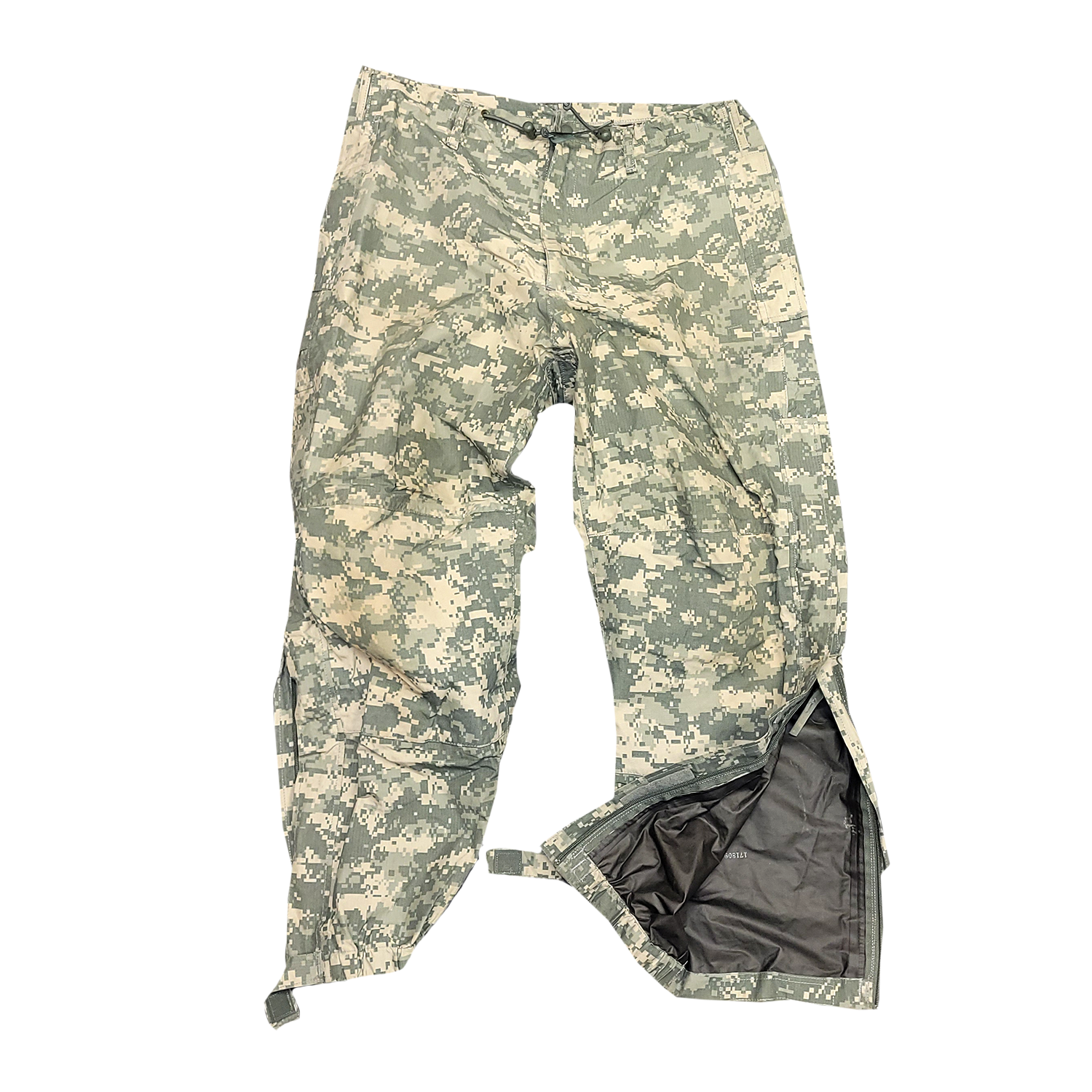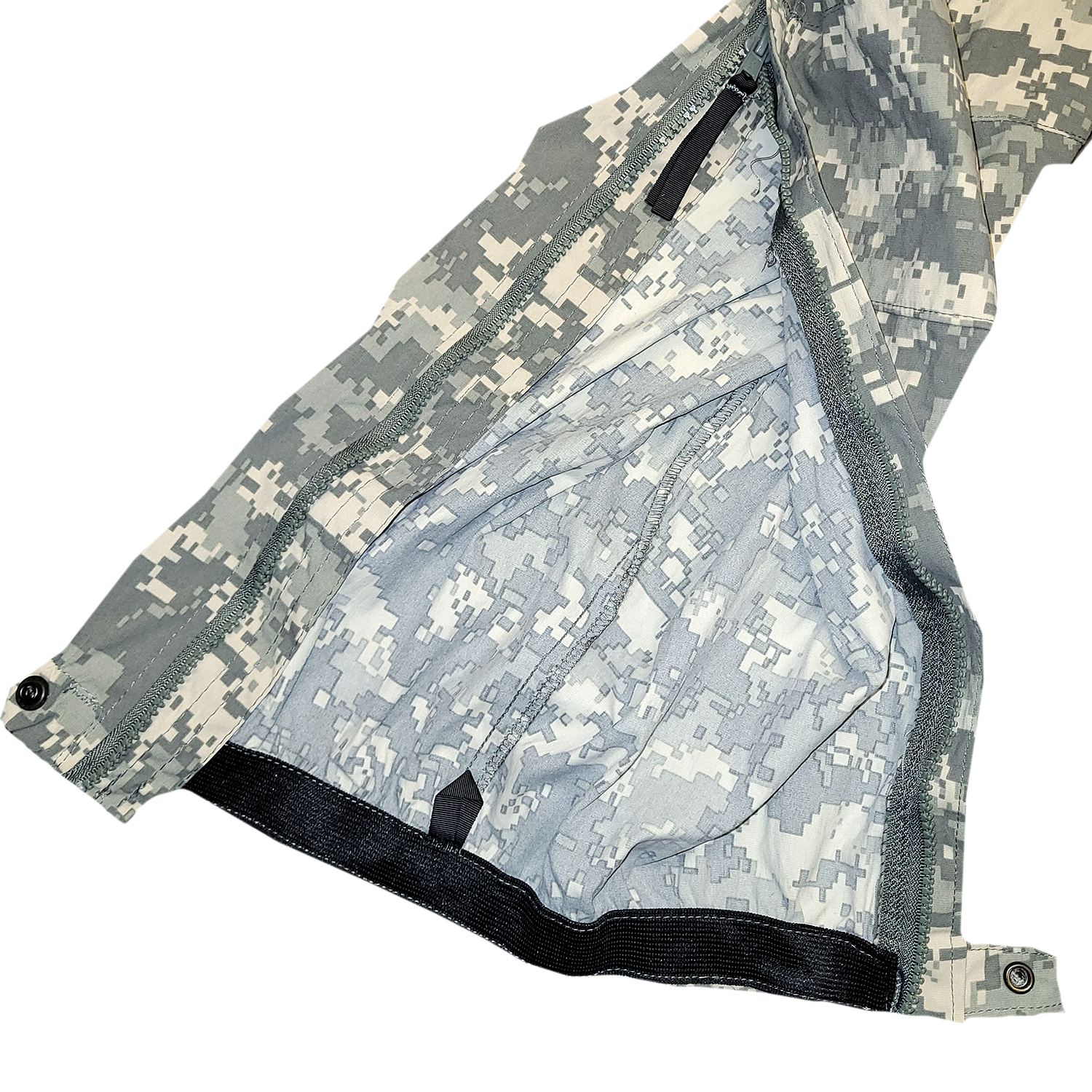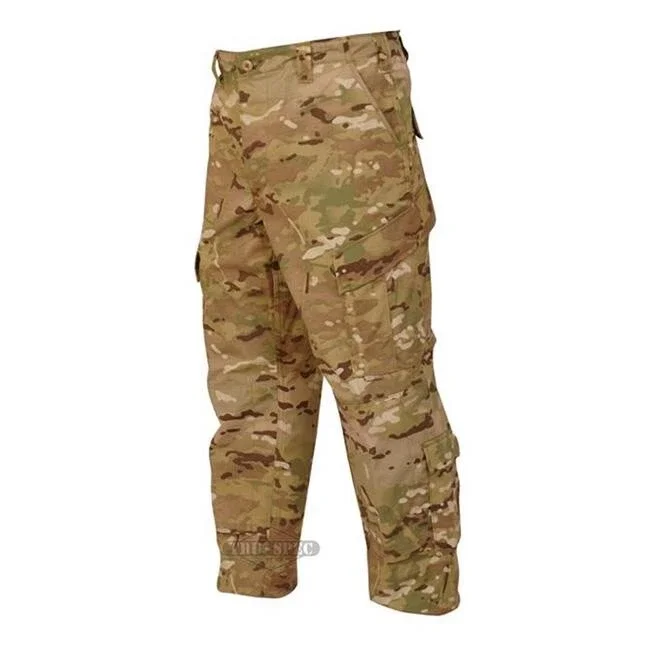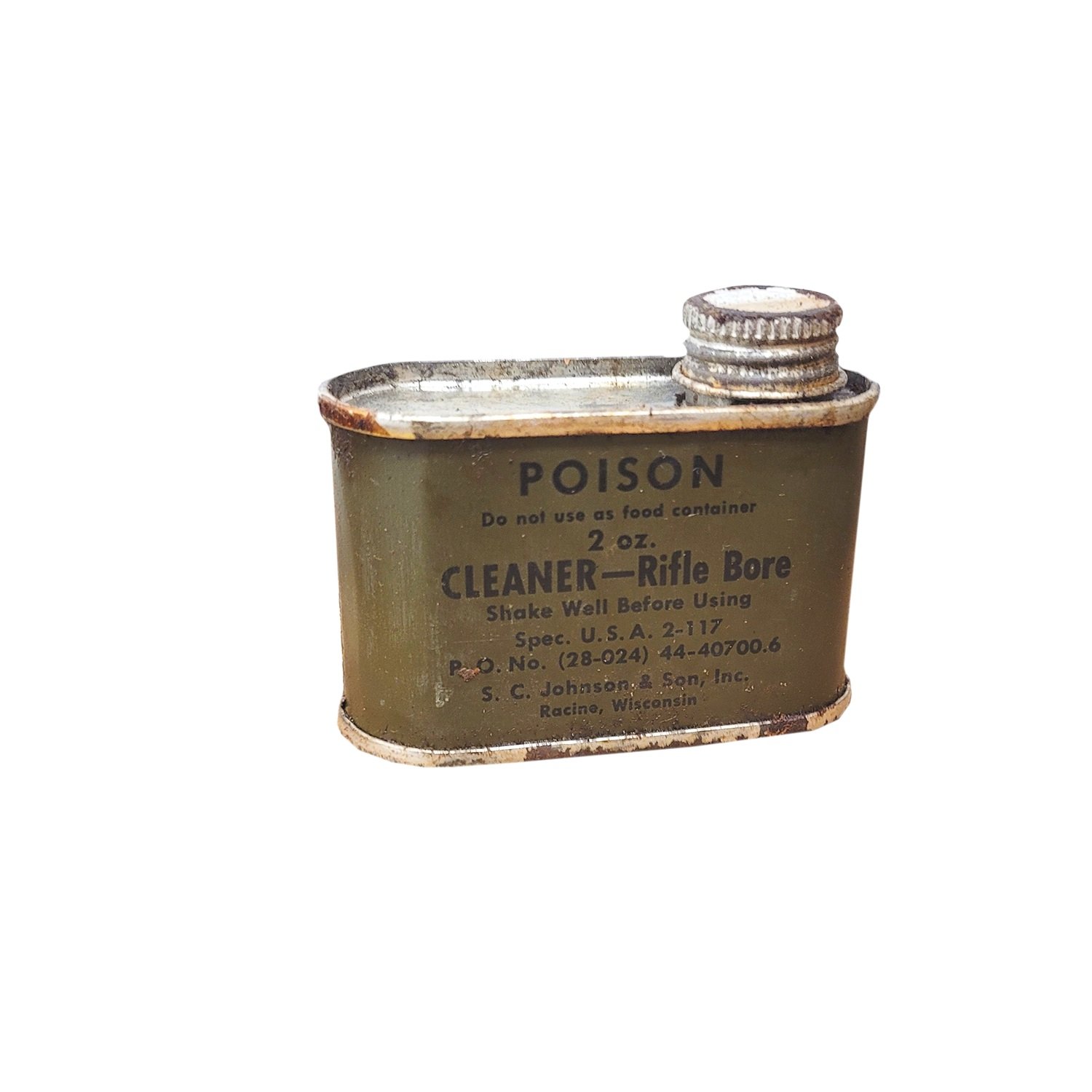 Image 1 of 2
Image 1 of 2

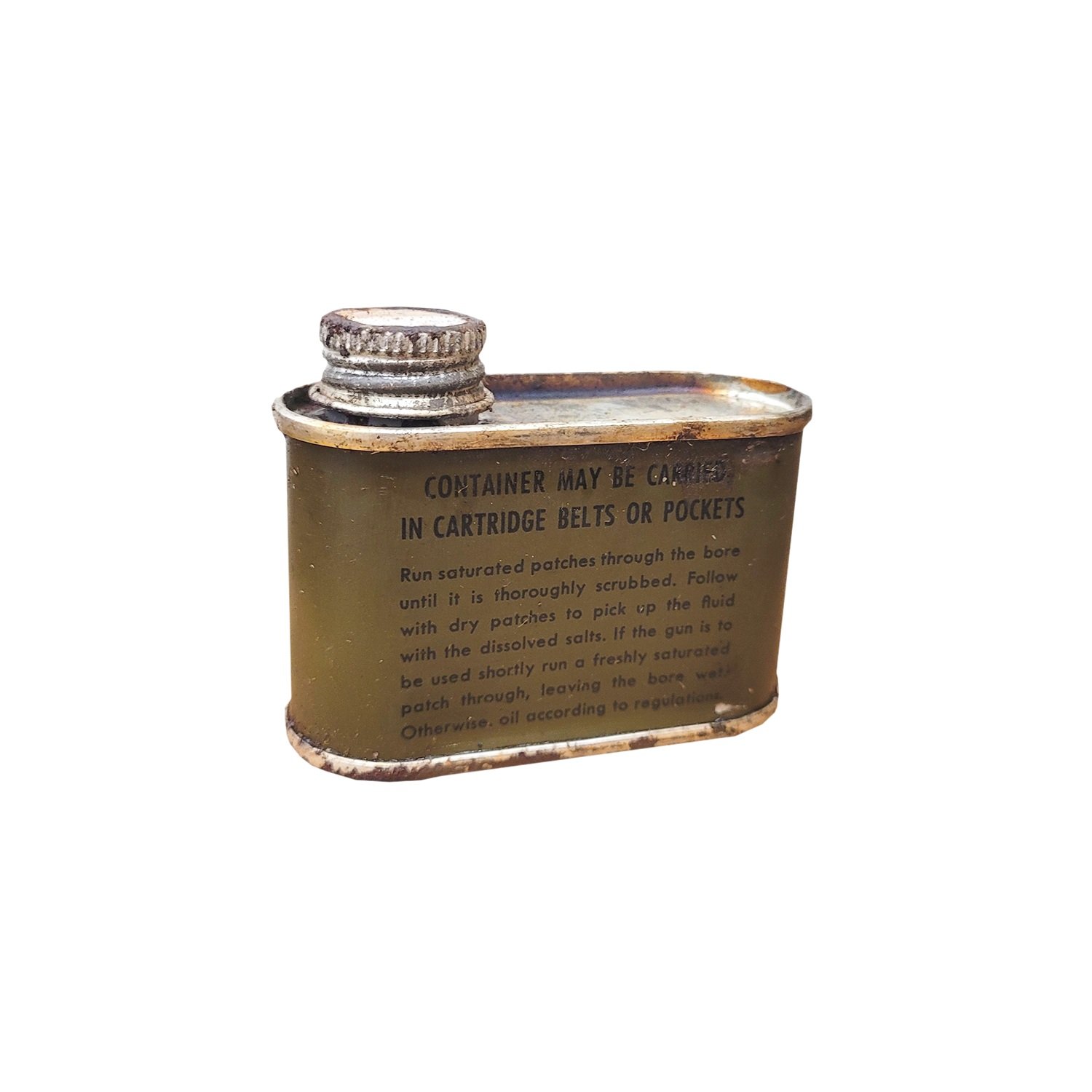 Image 2 of 2
Image 2 of 2



USGI Rifle Bore Cleaner (WW2 Dated)
During the Second World War, ammunition with corrosive salts in the primers were still being produced and were very common. That said, bore cleaner doesn’t just neutralize those salts, but is used to scrub out any gunk that has been left as residue in the bore and rifling.
These were likely issued for decades afterwards, as solvent is solvent. These were stored in a cool dry storage for the 75 years since they were produced in 1944 and just need a little shake before use! Still works great, and is priced at about the same price (and sometimes cheaper than some of the other military spec stuff) as stuff made today that comes in an easily puncturable plastic container.
Grading:
Grade A is a well stored example. You will get a container in good condition with an intact label and lid with little to no rust present on the exterior.
Grade B is still functional, but there will be damage to the container. This usually appears in the form of rust on the container (will still open) and possible loss of part of or most of the label.
NOTE: This IS poisonous. DO NOT ingest. Minimize skin contact and ensure you wash any areas touched by it. This is the exact same disclaimer you’ll find on any solvent, but we stress to use it as intended and follow instructions on the packaging.
During the Second World War, ammunition with corrosive salts in the primers were still being produced and were very common. That said, bore cleaner doesn’t just neutralize those salts, but is used to scrub out any gunk that has been left as residue in the bore and rifling.
These were likely issued for decades afterwards, as solvent is solvent. These were stored in a cool dry storage for the 75 years since they were produced in 1944 and just need a little shake before use! Still works great, and is priced at about the same price (and sometimes cheaper than some of the other military spec stuff) as stuff made today that comes in an easily puncturable plastic container.
Grading:
Grade A is a well stored example. You will get a container in good condition with an intact label and lid with little to no rust present on the exterior.
Grade B is still functional, but there will be damage to the container. This usually appears in the form of rust on the container (will still open) and possible loss of part of or most of the label.
NOTE: This IS poisonous. DO NOT ingest. Minimize skin contact and ensure you wash any areas touched by it. This is the exact same disclaimer you’ll find on any solvent, but we stress to use it as intended and follow instructions on the packaging.
